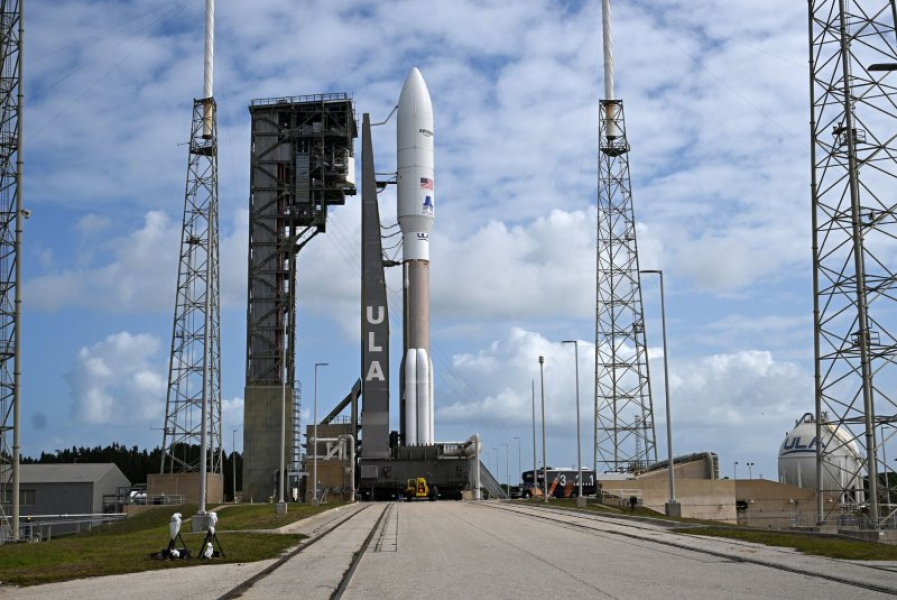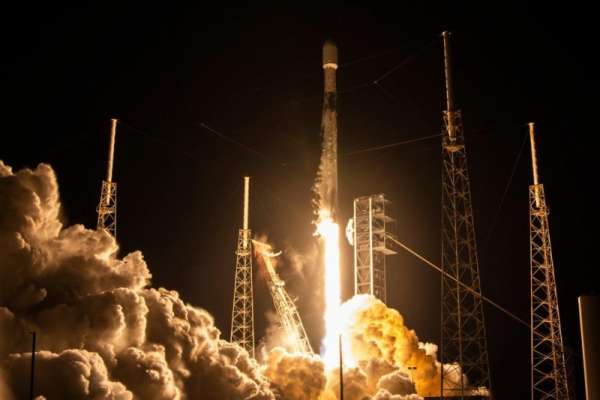
On Wednesday evening, United Launch Alliance canceled a planned overnight launch of Amazon's first 17 satellites due to adverse weather conditions in Florida.
A new date has not yet been announced by the private company.
The launch was scheduled for 7 to 9 p.m. from Launch Complex 41 at Cape Canaveral Air Force Station. The launch was repeatedly delayed because cumulus clouds obscured visibility in the eastern 10-mile radius around the launch pad. Winds also exceeded liftoff limits.
A problem with the Atlas V rocket's liquid hydrogen system caused a 15-minute delay to liftoff around 6:30 p.m., but the launch was not cancelled.
Due to problems with liquid hydrogen, the scheduled launch time was postponed to 19:40.
ULA is preparing the first of many expected launch missions for its largest commercial customer, Amazon, using an Atlas 551 rocket that will carry 27 Project Kuiper satellites into low Earth orbit.
The main goal of the project is to create a global connection that will provide Internet services to almost any point on the planet.
ULA called the mission Kuiper 1, while Amazon called it Kuiper Atlas 1.
Amazon's first group of Project Kuiper satellites will be part of a constellation of more than 3,200 internet satellites designed to compete with others like Eutelsat's OneWeb and Elon Musk's Starlink through SpaceX.
Amazon officials say the global company will begin serving customers once the first 578 satellites are in orbit, according to the Federal Communications Commission.
ULA President and CEO Tony Bruno said Monday that the company aims to launch its next Kuiper Atlas mission in late spring or early summer before focusing on its first national security mission using the Vulcan rocket.
“We set out to build the most advanced satellite network ever built, and we made it happen with Amazon,” said Rajeev Badyal, vice president of technology for Kuiper’s satellite network, in a video prepared by Amazon.
Bruno added that he expects ULA to conduct 11 to 14 launches by the end of 2025.
“There is a need for input from almost every technology area to build a satellite, a propulsion system, solar cells, silicon, phased array antennas and optical inter-satellite links,” Badial added.
Sourse: www.upi.com





